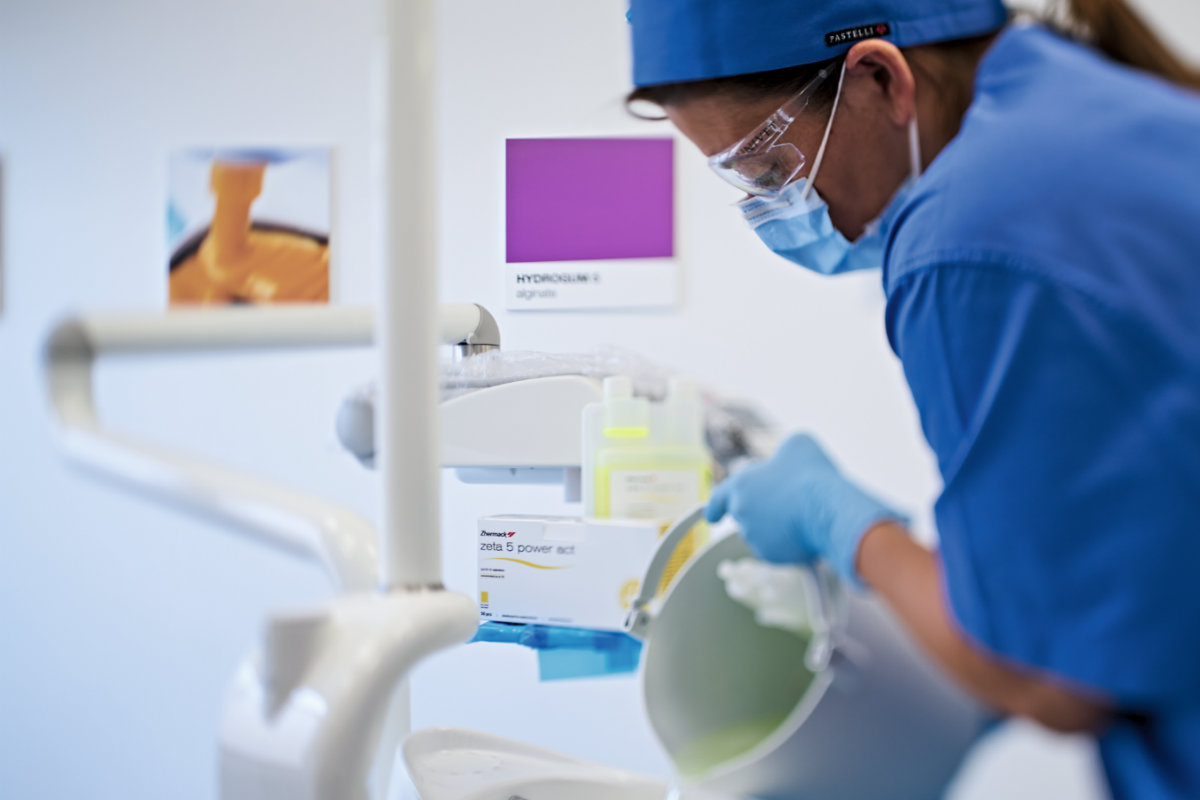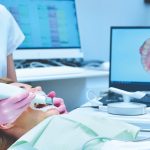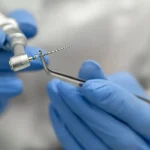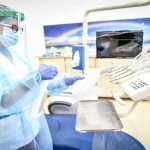
The dental unit is where all medical procedures are performed on the patient. As well as being an indispensable component of the dental practice, unfortunately it is also the main vehicle of cross infections between staff and patients, both exposed to pathogenic micro-organisms carried by blood, oral and respiratory secretions and contaminated equipment.
Numerous studies have shown that the dental unit can be colonised by pathogenic micro-organisms in the form of fungi, bacteria or protozoa.
Due to the way that infections are transmitted, the critical points in dentistry are many, and stem from the multitude of microbial agents, the variety of possible infection routes, the type of instruments used, the rapid turnover of patients, and the invasive nature of the procedures performed.
Infections can be transmitted in four different ways:
- Blood – by blood-borne diseases.
- Air – by diseases spread by the micro-organisms in airborne human secretions.
- Water – via water-borne micro-organisms.
- Contact – via direct transmission between the host and the infection.
The water circuit of the dental unit, which supplies water to the instruments and removes waste substances, constitutes a vehicle for the transmission of infections.
This is due to the presence of biofilm, a complex aggregation of micro-organisms which develops inside the water mains systems: communities of bacteria from the water flow supplying the unit adhere firmly to the layer of limescale, and proliferate due to various factors which promote their growth and adhesion.
The suction circuit is also an ideal breeding ground for pathogenic micro-organisms, due to the removal of solid and liquid compounds during dental procedures.
This makes the scrupulous observation of the dental unit cleaning protocol – disinfection of the suction system in particular – a vital part of dental practice.
Disinfection of the dental unit: all the steps
To drastically reduce the accumulation and proliferation of bacteria and other pathogenic micro-organisms, a dental unit maintenance protocol should be followed every day.
At the start of the day:
- Flushing of the suction lines with high-level disinfectant for two minutes.
- Flushing of each instrument with water for no less than 2 minutes.
Between patients:
- Cleaning of the surfaces.
- Detersion and decontamination of the surfaces.
- Flushing of each instrument with water for 20-30 seconds.
- Flushing of the suction cannulas with high-level disinfectant for two minutes.
At the end of the day:
- Flushing of the suction lines with high-level disinfectant, leaving it to act overnight if possible.
- Flushing of each instrument with water for at least 2 minutes.
- Cleaning of spittoon outlet filter.
- Removal and cleaning of the suction system filter.
How to choose dental unit disinfectants
For effective cleaning of the dental unit on a daily basis, it is important to choose disinfectants with appropriate action times – whether rapid or more prolonged – based on the specific requirements of the equipment involved. It is advisable to use mild products with a prolonged action effective against organic material.
Article by Stefania Barbieri
Do you want more information on Zhermack Dental products and solutions?
Contact usTags
disinfection




 Zhermack SpA has been one of the most important producers and international distributors of alginates, gypsums and silicone compounds for the dental sector for over 40 years. It has also developed solutions for the industrial and wellbeing sectors.
Zhermack SpA - Via Bovazecchino, 100 - 45021 Badia Polesine (RO), Italy.
Zhermack SpA has been one of the most important producers and international distributors of alginates, gypsums and silicone compounds for the dental sector for over 40 years. It has also developed solutions for the industrial and wellbeing sectors.
Zhermack SpA - Via Bovazecchino, 100 - 45021 Badia Polesine (RO), Italy.


